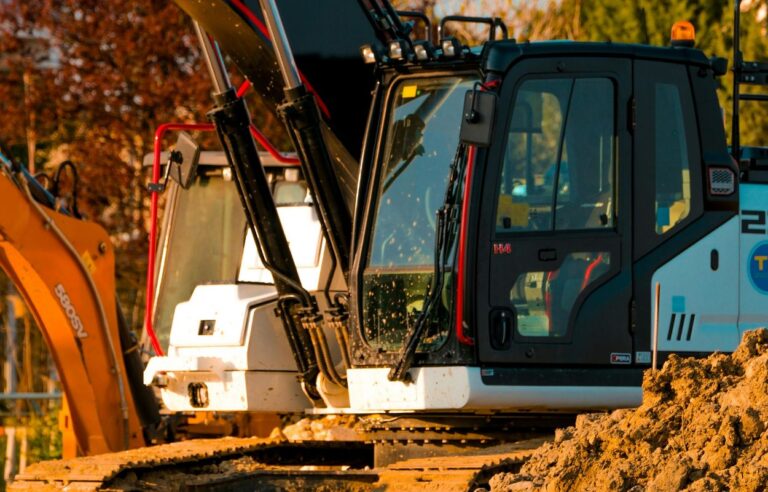Taking down a building doesn’t always have to mean chaos, dust, and piles of broken materials headed straight for the landfill. There’s another way—one that’s slower, more thoughtful, and far more sustainable. It’s called deconstruction.
Deconstruction is all about taking a structure apart carefully, piece by piece, with the goal of keeping as many materials intact as possible. Instead of treating wood, metal, brick, or fixtures as disposable, this method gives them a second life. Lumber can be reused in new builds, doors and windows can be resold, and even old bricks can find new purpose.
But the benefits go beyond salvaging materials. Deconstruction helps reduce waste, lowers the environmental impact of construction projects, and in many cases, preserves elements of a building’s character or history that would otherwise be lost. It’s a process that balances practicality with sustainability, making it a smart choice for communities, contractors, and the planet.
Deconstruction may take more time, but the benefits are massive. You do not just get an empty lot when the work is done. You also get reusable materials, reduced landfill waste, and the satisfaction of knowing you preserved what others might have tossed aside.
Let’s dive into how deconstruction helps preserve the structure and why it is becoming the smarter choice.
WHAT MAKES DECONSTRUCTION DIFFERENT
Demolition usually focuses on speed. A building gets knocked down, and debris ends up in a landfill. Deconstruction slows things down. Workers carefully remove walls, doors, windows, and flooring so they can be reused. Instead of treating the structure like trash, the team treats it like a treasure chest filled with valuable parts.
Every step involves intention. From the roof to the foundation, crews look for ways to save. That mindset is what makes deconstruction stand out. The structure is not lost—it is preserved in a new way, through the reuse of its pieces.
PROTECTING VALUABLE MATERIALS
One of the biggest wins in deconstruction is saving high-quality materials. Old-growth wood, brick, stone, and metal all have huge value. Many older homes and buildings used stronger materials than what you find today. Why send that to a landfill when it can find new life?
By preserving materials, you also reduce the need for fresh resources. Every plank of wood or piece of tile that gets reused means fewer trees cut down and less energy spent in manufacturing. This adds up to a greener, more sustainable future.
SAVING THE CHARACTER OF A BUILDING
Some structures have character that demolition destroys forever. Old beams, decorative trim, or vintage fixtures give a building its story. During deconstruction, those details are saved and repurposed. They might end up in another home, a community project, or even as art.
This approach keeps the spirit of a building alive. Instead of erasing history, you give it a chance to keep telling stories in new spaces. That is powerful, especially in communities that value their heritage.
LESS WASTE HEADING TO THE LANDFILL
Construction and demolition waste make up a huge part of landfills. Deconstruction cuts that number down in a big way. By salvaging materials, crews reduce the mountain of waste that would otherwise pile up.
Think about the difference between tossing everything into a dumpster and setting aside material for reuse. One fills the landfill quickly, while the other keeps it useful for years. Deconstruction takes the smarter path.
SAFETY AND CAREFUL PLANNING
Preserving a structure during deconstruction requires planning and skill. You cannot just start swinging a hammer and hope for the best. Teams map out the process step by step. They figure out which parts to remove first, and how to keep the structure safe while doing it.
This approach makes the work safer for everyone involved. Workers face fewer surprises, and the building comes apart in a controlled way. The result is a job done with care instead of chaos.
HOW DECONSTRUCTION SAVES YOU MONEY
Many people assume deconstruction costs more. At first glance, it can seem that way because it takes longer. But the savings often outweigh the cost. Materials that are salvaged can be sold, donated, or reused in your own project.
Some donations even qualify for tax credits, which can put money back in your pocket. Plus, you save on disposal fees, since less material goes to the landfill. Add it all up, and you may find deconstruction saves more than you expected.
SUPPORTING LOCAL COMMUNITIES
When you preserve materials, you create opportunities for the community. Salvaged items often go to local nonprofits, builders, or resale stores. That means affordable materials for people who need them, and new life for items that might have been wasted.
Instead of a one-time demolition, you get a ripple effect of benefits. The community grows stronger, and you feel good knowing your project made a positive impact.
WHY PRESERVING THE STRUCTURE MATTERS
Preserving the structure during deconstruction is about more than materials. It is about respect. Respect for the environment, respect for history, and respect for the community. Every beam and brick has value. By saving it, you prove that value matters.
This approach also builds a culture of sustainability. Future builders and homeowners see the benefits, and the cycle continues. Slowly, we shift from wasteful practices to smarter, greener ones.
DECONSTRUCTION SERVICES IN QUALICUM
If you live in a place like Qualicum, you have probably noticed how much people value their homes and community. Choosing deconstruction services in Qualicum means you keep that character alive. Local experts understand how to protect both your property and your surroundings.
Whether you are renovating, rebuilding, or clearing a site, deconstruction offers the smarter path. You do not just end up with an empty lot—you end up with resources that still have life in them.
LOOKING AHEAD TO THE FUTURE
The future of construction is not about tearing down faster. It is about building smarter, cleaner, and with more care. Deconstruction is at the heart of that shift. Preserving the structure ensures nothing valuable gets wasted.
With more people realizing the benefits, deconstruction will only grow. Communities like Qualicum will see the rewards firsthand. By choosing deconstruction services in Qualicum, homeowners and businesses can be part of that positive change.
FINAL THOUGHTS
Preserving the structure during deconstruction is not just about saving materials. It is about saving stories, resources, and community connections. Each piece you keep out of the landfill matters. Each choice to deconstruct instead of demolish pushes us toward a more sustainable world.
The next time you think about tearing down a building, stop and consider a different path. Deconstruction may take more time, but it gives back so much more. From valuable materials to community support, the rewards are endless.
In the end, preservation is not just smart—it is essential. And when you choose deconstruction, you choose a future where nothing valuable gets lost.


